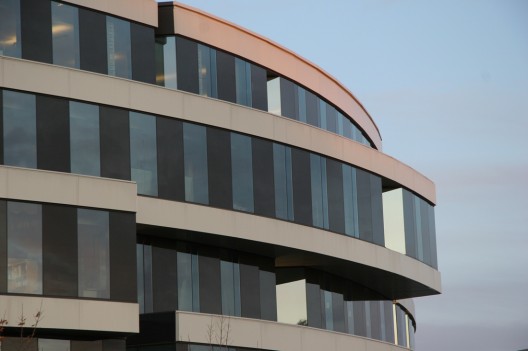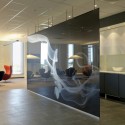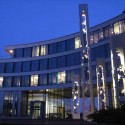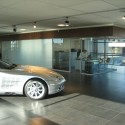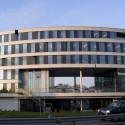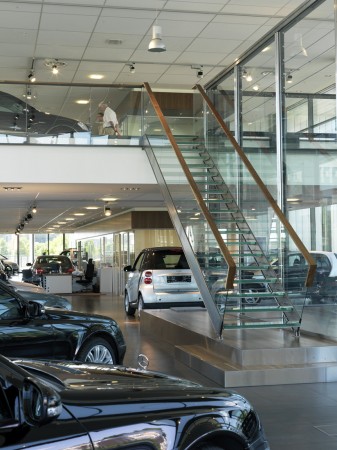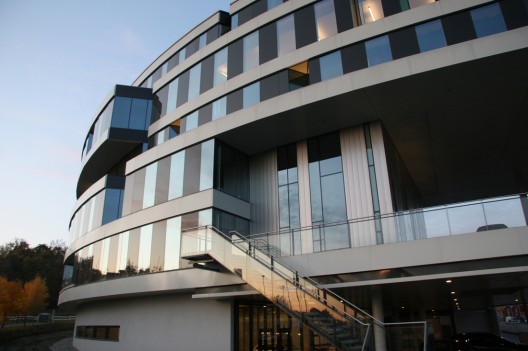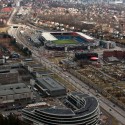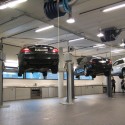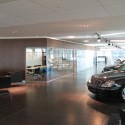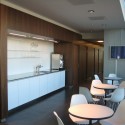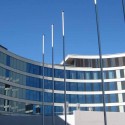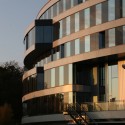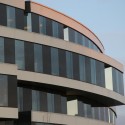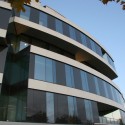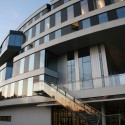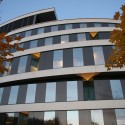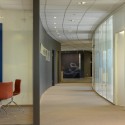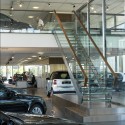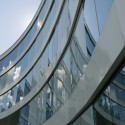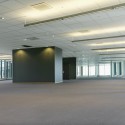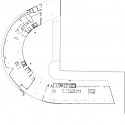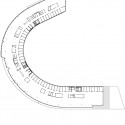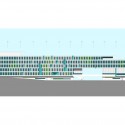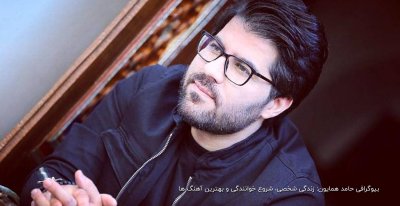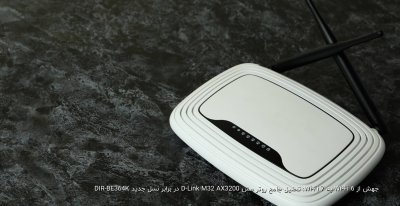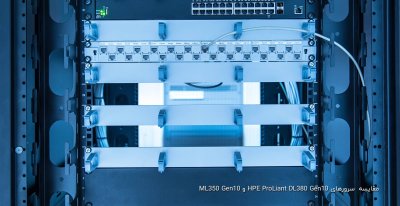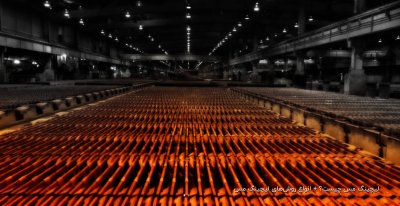.:taymaz:.
مدیر انجمنها
Contemporary culture echoes Islamic architecture
Contemporary culture echoes Islamic architecture
 Designed to represent modern commerce and culture in Abu Dhabi, KPF’s ADIA headquarters also echoes its surrounding Islamic architecture
Designed to represent modern commerce and culture in Abu Dhabi, KPF’s ADIA headquarters also echoes its surrounding Islamic architecture
Designed for the Abu Dhabi Investment Authority (ADIA), the 38-storey corporate headquarters is located on the city's heavily landscaped Corniche, which runs along the Persian Gulf waterfront. Regional elements, such as billowing sails and shifting sand dunes, inspired the form of the building. Its dramatic shape creates a new profile on the Corniche and the Abu Dhabi skyline.
The client, a global institutional investor, sought a building that was open and welcoming, a symbol of the bank's commitment to transparency in its transactions. The design solution is simple: a vertical plane folded three times to create two arms outstretched in an inviting gesture.
Cellular and open-plan office spaces were required, as were zones for interaction and meetings. The building's two wings provide well-lit cellular offices and allow for intimate, open-plan work areas. Informal meetings take place within central landscaped atria and their sky gardens-recalling the Islamic tradition of planted interior spaces. The atrium, which soars 150 metres (492 feet), also serves as an extract chimney for stale air. In the lower ground floor, a grand auditorium can be combined with the adjacent reception area to provide a formal gathering space for ADIA's employees.
The building is responsive to natural forces. Its "active" façade comprises three layers: a low-e-coated, double-glazed outer skin; a single-glazed internal skin; and a solar-controlled blind in the cavity. This composite provides a high shading coefficient and U-value and lowers the cooling load on the building.
The headquarters building subtly echoes themes found in age-old Islamic architecture. Its slim stair tower creates a dialogue with the slender minarets of the adjacent mosque: an intriguing juxtaposition of modernity and tradition.





Contemporary culture echoes Islamic architecture

Designed for the Abu Dhabi Investment Authority (ADIA), the 38-storey corporate headquarters is located on the city's heavily landscaped Corniche, which runs along the Persian Gulf waterfront. Regional elements, such as billowing sails and shifting sand dunes, inspired the form of the building. Its dramatic shape creates a new profile on the Corniche and the Abu Dhabi skyline.
The client, a global institutional investor, sought a building that was open and welcoming, a symbol of the bank's commitment to transparency in its transactions. The design solution is simple: a vertical plane folded three times to create two arms outstretched in an inviting gesture.
Cellular and open-plan office spaces were required, as were zones for interaction and meetings. The building's two wings provide well-lit cellular offices and allow for intimate, open-plan work areas. Informal meetings take place within central landscaped atria and their sky gardens-recalling the Islamic tradition of planted interior spaces. The atrium, which soars 150 metres (492 feet), also serves as an extract chimney for stale air. In the lower ground floor, a grand auditorium can be combined with the adjacent reception area to provide a formal gathering space for ADIA's employees.
The building is responsive to natural forces. Its "active" façade comprises three layers: a low-e-coated, double-glazed outer skin; a single-glazed internal skin; and a solar-controlled blind in the cavity. This composite provides a high shading coefficient and U-value and lowers the cooling load on the building.
The headquarters building subtly echoes themes found in age-old Islamic architecture. Its slim stair tower creates a dialogue with the slender minarets of the adjacent mosque: an intriguing juxtaposition of modernity and tradition.





__________________























































































































